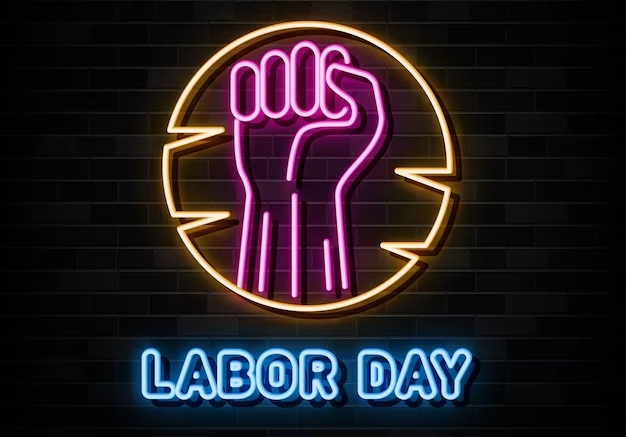In today’s signs of all types are everywhere. As diverse as the types of signs that are available are the messages that come with them. Signs are used for everything from inviting customers to purchase a good or service to giving instructions (like in social education campaigns and traffic signals). One thing is for sure, irrespective of the type (i.e. design style) and the message conveyed, signs are a call to action for all who interact with them. Consequently, signs are judged based on their effectiveness in securing the desired response. So, just how the sign industry get started? Keep reading.
Early Beginnings of the Sign Industry
The first instances of signs being used dates back to 3000 BC and 500 AD during Roman and Greek times. Back then, leather, wood, stone, and terra cotta were the materials of choice and information was communicated using images as opposed to text that is popularly used in signage today. Importantly, while some of the earliest signs were used to represent religious affiliations (like the early Christians wearing the sign of the cross of ichthys), ancient Rome was also home to some of the first commercial signs available.
Some signs were placed to identify shop fronts while others were used to identify certain trades and industries (like the red and white pole for barbers). Trade signs were also used to identify one house, street, or community from the other when the trade differed one to the next.
Of course, as the times and technology evolved, so too did the type of signs we began to see. As the 1940s and 1950s rolled around the economic boost led to an increase in commercial activity – including, the production of quality plastic acrylic signs. As these were cheap and durable, these signs grew in popularity and many were used with fluorescent and neon bulbs in some instances. Eventually, other kinds of outdoor signs such as flags, banners, and A-frame signs became popular as well.
The Sign Industry Today
Today, more than ever before, there is a wide range of materials to choose from to make signs. Additionally, the technological revolution has allowed for new printers and material cutters that help to make signs more dynamic and well-designed than ever before. The addition of energy-saving LED bulbs will allow for 24/7 lighting that is cleaner and brighter than anything that has come before.
For More, Connect with Us!
There you have it. The evolution of the sign industry from inception to where it is today. For the best-suited, most effective signs for your business needs, please contact us today. A member of our team will be happy to speak with you about your options.

